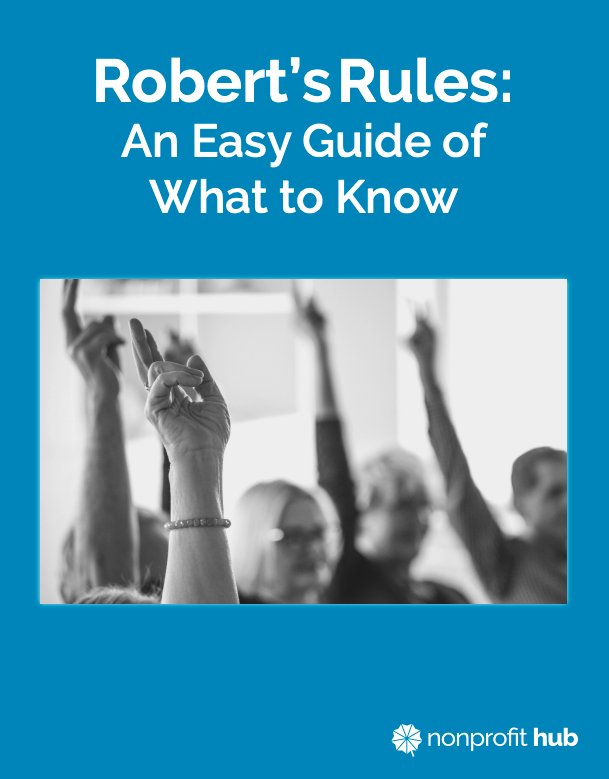Ten Giving Ideas More Creative Than Cash
October 21, 2021
Robert’s Rules Guide
October 28, 2021Avoiding “Fit Frustration” with New Technology
When it comes to new technology, sometimes making the switch just isn’t a good fit. A few months back, our company was looking for a new CRM. The one we had was fine, but there was another platform that recently upgraded their offerings and rolled out some pretty cool new features.
Our initial investigation concluded that we could do almost everything on the new platform as we were doing on our current one. The new platform also included a few powerful features that our old platform didn’t have. The best part? This new CRM was a fraction of the price as our old one. Where do we sign up?
Less than a month after onboarding, we canceled that new service and returned to our previous platform.
Our fancy new CRM may have looked nicer and had some appealing qualities, but those new features weren’t what we actually needed. And though the new tool did almost everything our previous CRM did, the functionality it couldn’t provide was exactly what we needed most. We spent hours migrating our data and configuring the new platform only to switch back weeks later. What a costly lesson!
Fit Frustration with New Technology
Have you had a similar experience?
Like most millennials, I’m a sucker for new tech. The allure of digital magic that promises to solve all your problems is incredibly compelling. And yet, when that new technology isn’t the right fit, it becomes a source of real frustration.
This “fit frustration” can be especially painful in the nonprofit space. Resources are limited, stakes are high, and change can be incredibly difficult. Implementing new digital solutions can be a risky proposition. Check out these three ways to avoid fit frustration as you weigh adopting new technology.
Identify current pain-points
Start by identifying current pain-points with your current technology. You’ll find that this step isn’t all that hard to do. You’re probably already aware of what processes are either not happening or aren’t working well. Perhaps some are just plain annoying. If there are one or more key processes your nonprofit needs to perform that aren’t happening, that’s likely the best candidate for a solution.
Dig to find root causes
But this doesn’t mean you should go out and find a tool right away. In fact, before rushing to automation, consider doing it the “old fashioned way” first. If you’re having a hard time keeping track of your donors, volunteers, and other constituents, create a spreadsheet before jumping into a CRM. This helps you identify what kinds of information you need to keep track of, the ways you need the data to relate to each other, and exactly how you want to interact with that data.
Going through the manual steps, at least initially, can be very valuable. This forces you to dig in to find the underlying root causes. Plus, you’ll have some better clarity moving forward.
Stick to simple (with old or new technology)
Once you’re able to uncover the root causes of your current pain-points, you can prioritize which problems actually need solving and begin looking for automated tools that solve those specific problems.
As a general rule, the simplest solution will be the best solution. This is especially true in the nonprofit arena. Comfort and proficiency with new technology among a nonprofit’s key constituents varies widely (e.g. on a nonprofit board). And when constituent participation is required to be successful, opting for a high-powered, feature-rich tool could be detrimental. While powerful, complex technologies might be useful to some, you run the risk of alienating those who aren’t so tech-savvy. For this reason, it’s best to keep it simple by selecting the digital solution that has the lowest barrier to entry—even if it requires a little more work to use it.
Keep It Easy
Fancy, feature-rich software may seem like just the fix your nonprofit needs. But onboarding new technology before identifying your current pain-points, digging to find their root causes, and sticking to the simplest solution is a recipe for “fit frustration.”
When success hinges on a technologically-diverse group of volunteers (or under-paid staff) adopting a new tool, carefully pick the easiest tool that solves the root causes of your most significant pain-points.
At Easy Board we understand the unique challenges facing nonprofit boards. That’s why we built a tool that simplifies the board management process for you while keeping it easy for your board. Here’s to avoiding the fit frustration!
*This spotlighted blog post is courtesy of EasyBoard
The post Avoiding “Fit Frustration” with New Technology appeared first on Nonprofit Hub.
